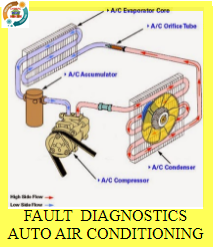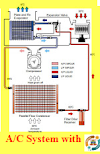
This is default featured slide 1 title
Go to Blogger edit html and find these sentences.Now replace these sentences with your own descriptions.This theme is Bloggerized by Lasantha Bandara - Premiumbloggertemplates.com.
This is default featured slide 2 title
Go to Blogger edit html and find these sentences.Now replace these sentences with your own descriptions.This theme is Bloggerized by Lasantha Bandara - Premiumbloggertemplates.com.
This is default featured slide 3 title
Go to Blogger edit html and find these sentences.Now replace these sentences with your own descriptions.This theme is Bloggerized by Lasantha Bandara - Premiumbloggertemplates.com.
This is default featured slide 4 title
Go to Blogger edit html and find these sentences.Now replace these sentences with your own descriptions.This theme is Bloggerized by Lasantha Bandara - Premiumbloggertemplates.com.
This is default featured slide 5 title
Go to Blogger edit html and find these sentences.Now replace these sentences with your own descriptions.This theme is Bloggerized by Lasantha Bandara - Premiumbloggertemplates.com.
الثلاثاء، 7 أكتوبر 2014
REMOVAL/INSTALLATION AND TROUBLESHOOTING FOR AIR CONDITIONING COMPRESSORS

Air conditioning system with orifice tube Troubleshooting Procedures parti 2

Air conditioning system with orifice tube Troubleshooting Procedures parti 1

Air conditioning systems with expansion valve Troubleshooting Procedures parti2

Air conditioning systems with expansion valve Troubleshooting Procedures parti 1

FAULT DIAGNOSTICS AUTO AIR CONDITIONING













